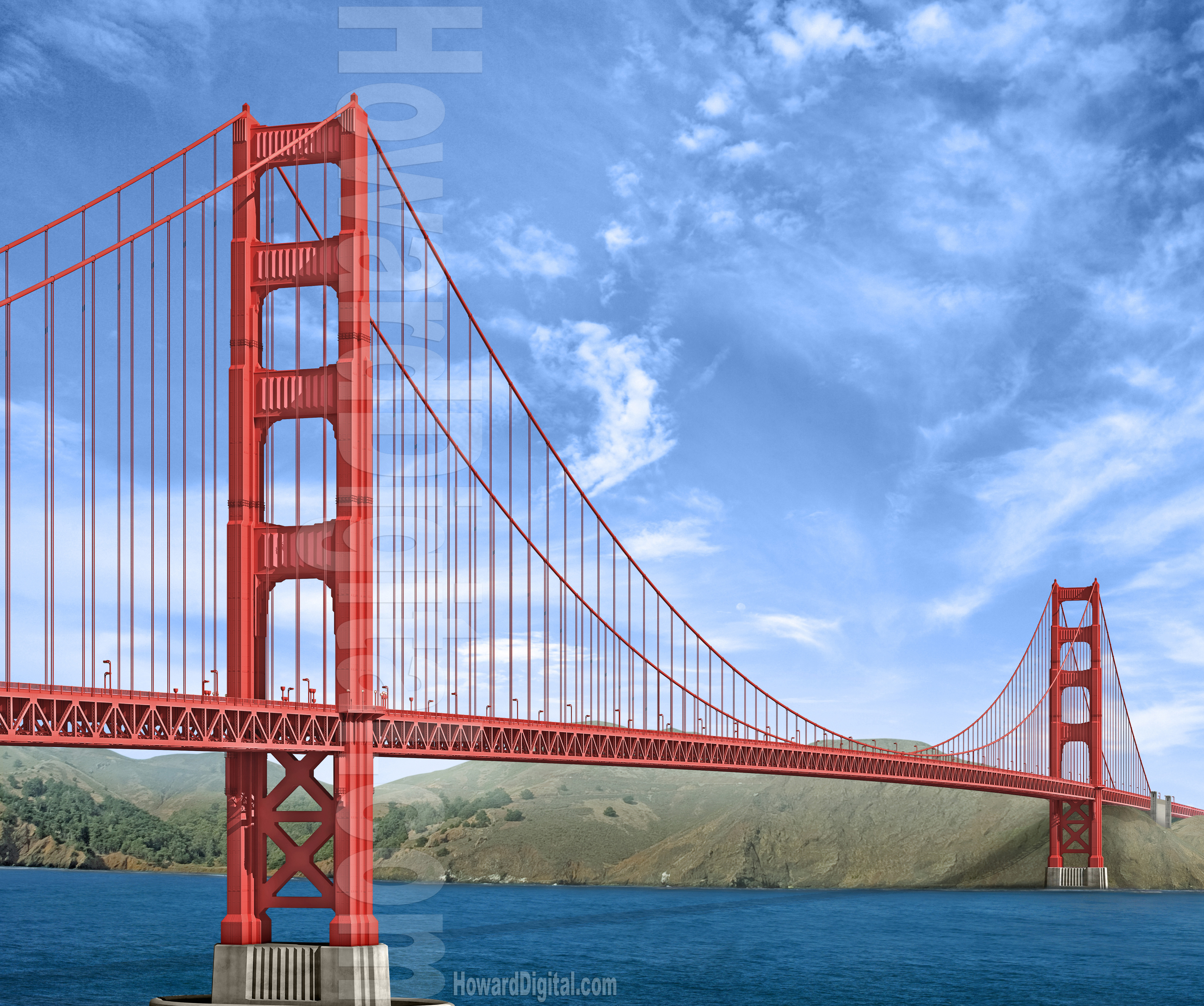
Surrounded by a wonderfully landscaped garden, the Schonbrunn Palace is one of the most visited cultural attractions in Vienna. There are 1441 superb rooms, forty of which are open to the public for visits and a beautiful, classically landscaped garden. Many extravagant balls like the one for the delegates at the Congress of Vienna in 1814-15 were held in the Great Gallery at the Palace, which features gilded scrolls, ceiling frescoes, huge crystal mirrors in gold frames and chandeliers. This impressive summer residence of the imperial family is maybe one of the most beautiful and majestic baroque edifices in Europe. Emperor Franz Joseph, who later married the beautiful Sisi and reigned till 1916, was born here in 1830. Only a couple of years after his death the palace became the property of the new Republic of Austria. Today, because of its historic significance, unique grounds and sumptuous furnishings this great structure is listed as in UNESCO’s cultural heritage. The Mirror Room, with its fine ornamentation, was mainly used for social events and public audiences. It was here that the 6-years old Wolfgang Amadeus Mozart played his first royal concert in front of Maria Theresa and the royal family in 1762. In the Round Chinese Room, a hidden spiral staircase led to Empress State Chancellor and personal advisor, and here they held secret negotiations. A totally loaded table could be drawn from the floor and the dignitaries could dine without being bothered by the servants. The Great Gallery is maybe the most interesting sight in the palace - ceiling frescoes, chandeliers, gilded scrolls, and enormous crystal mirrors create an unforgettable impression. Besides, additional places of interest are the maze and the oldest zoo in the world




